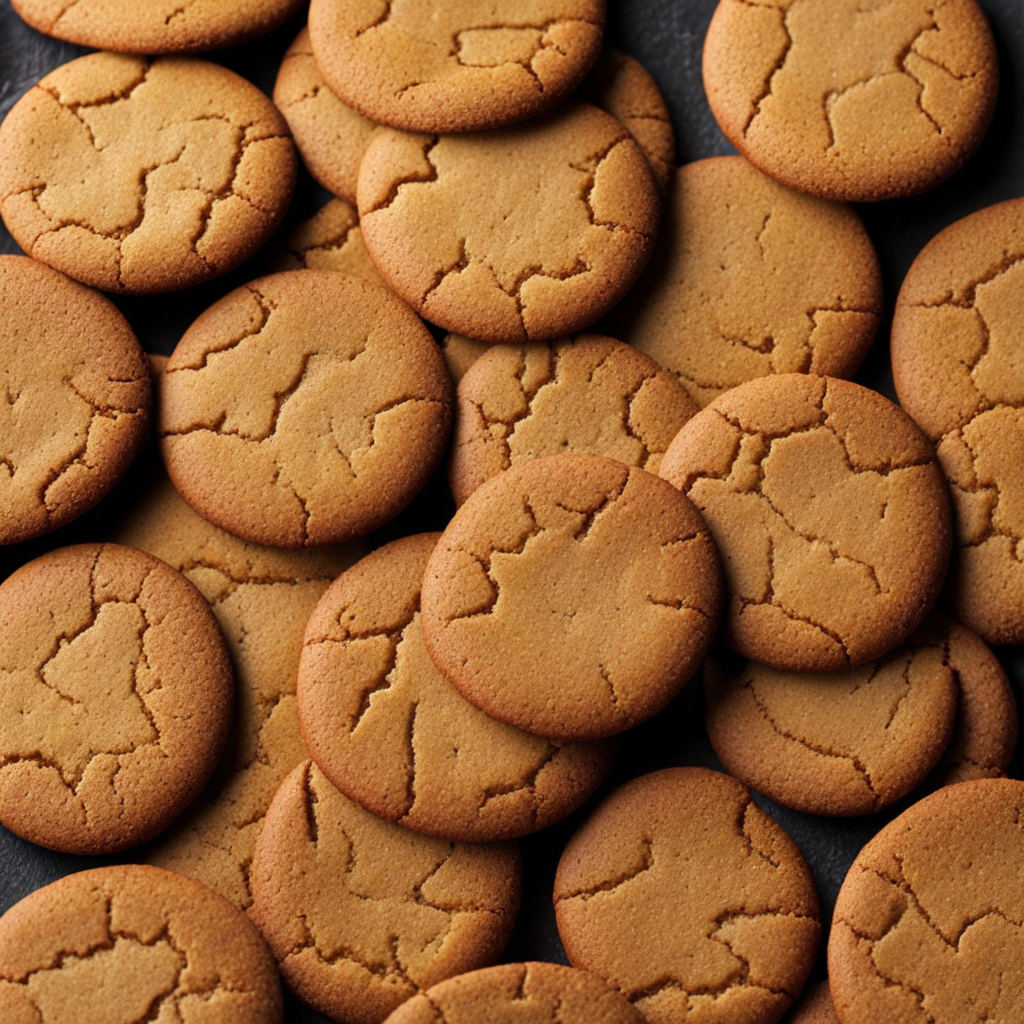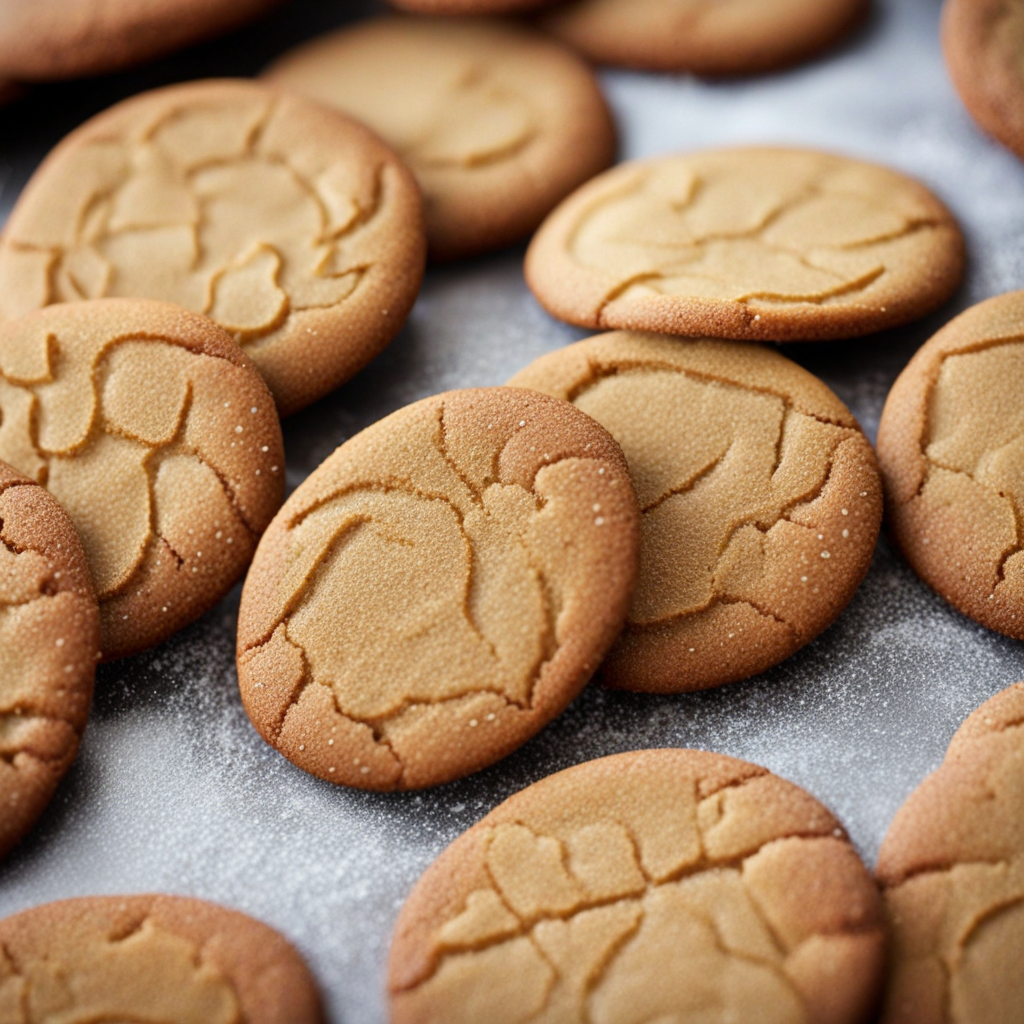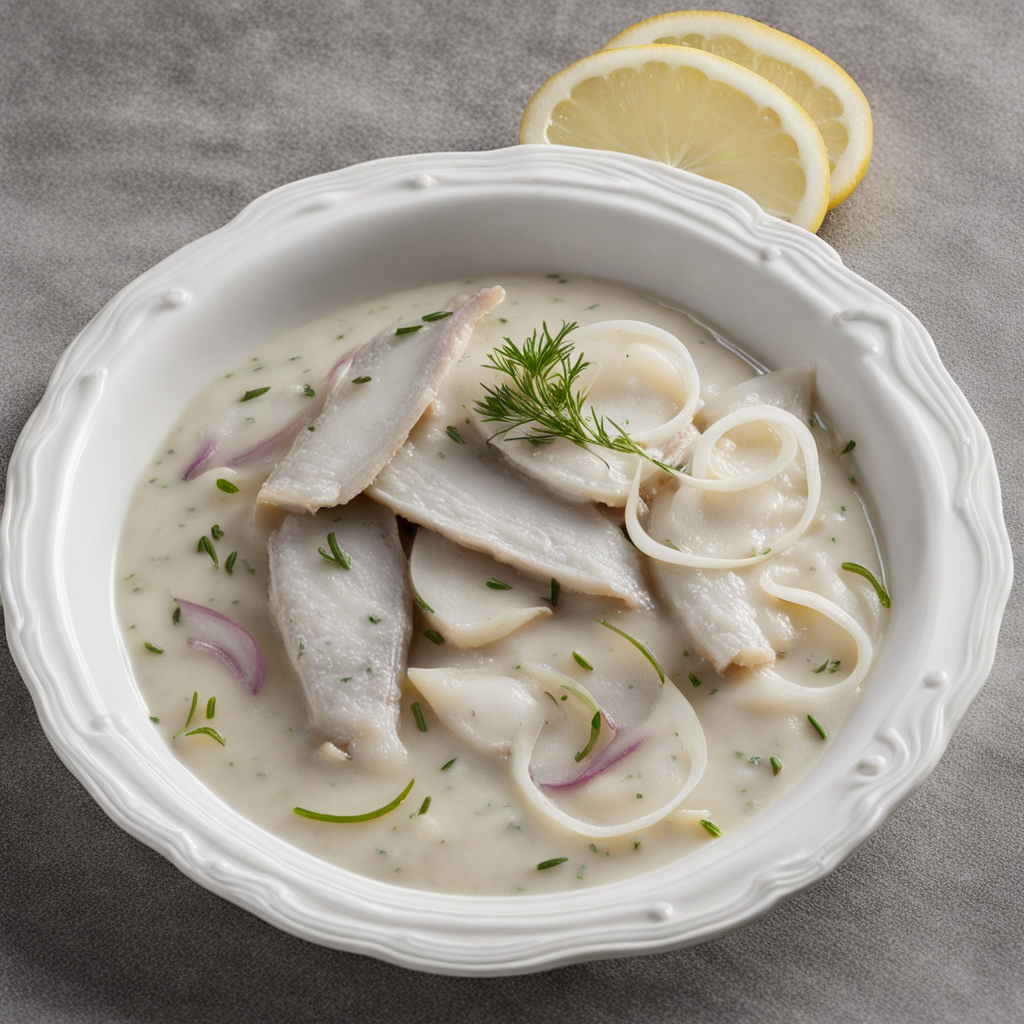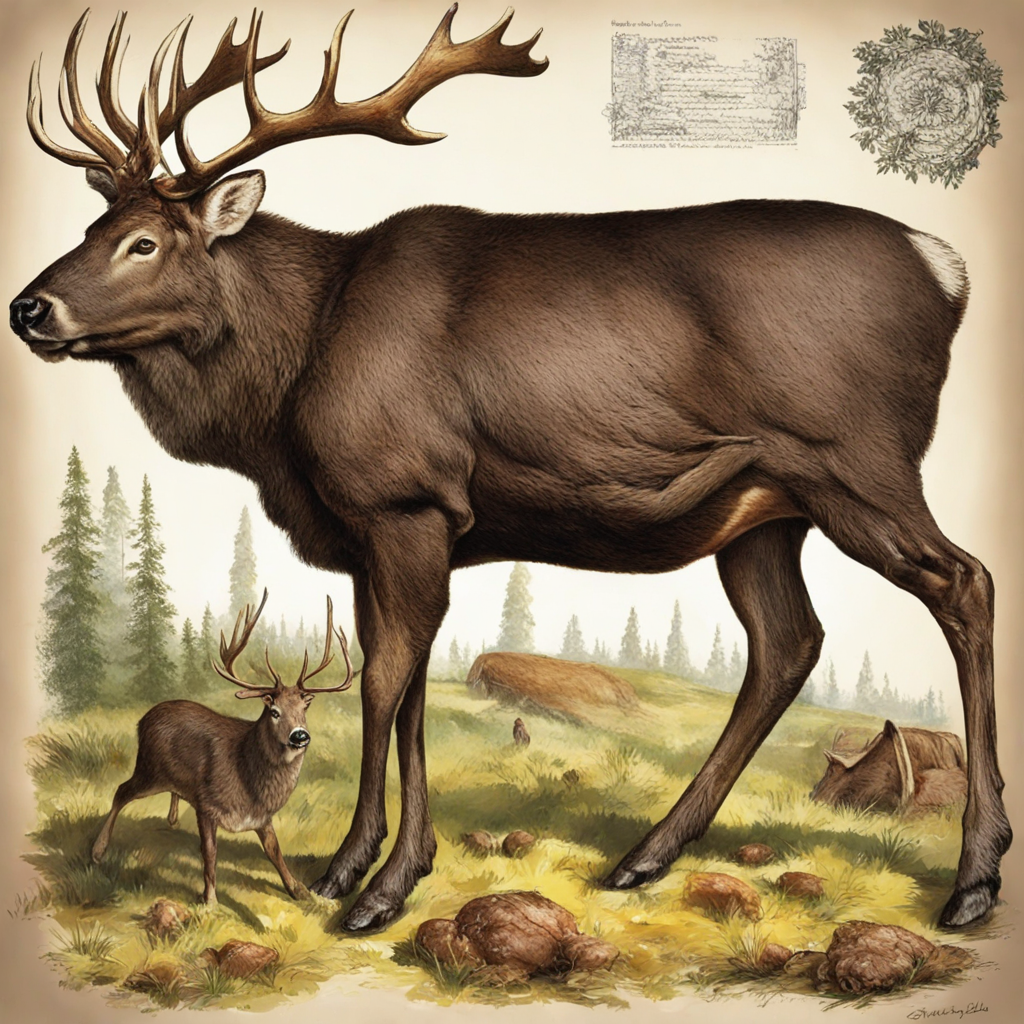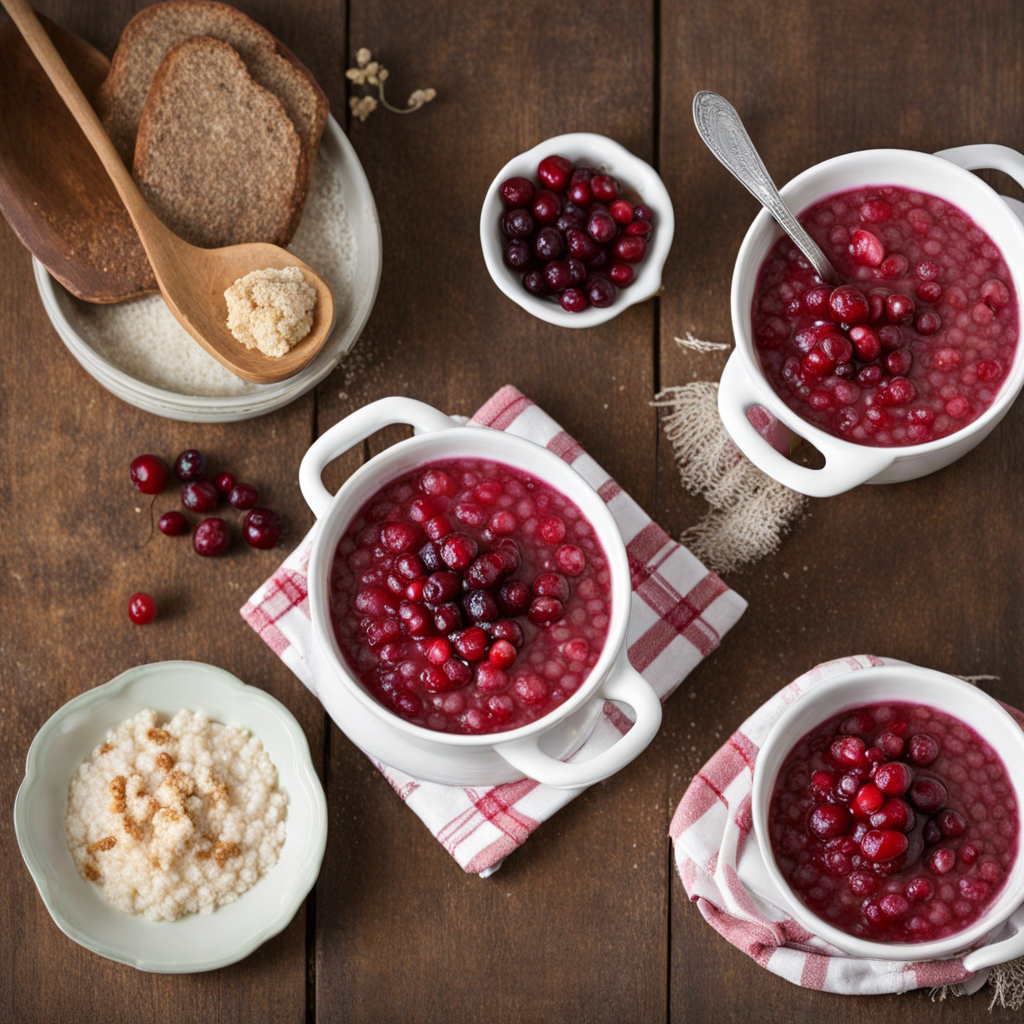Swedish Ginger Cookies
Swedish Ginger Cookies, known as 'Pepparkakor' in Sweden, are a delightful treat that perfectly embodies the cozy charm of Scandinavian baking. These thin, crisp cookies are infused with warm spices, primarily ginger, cinnamon, and cloves, creating a symphony of flavors that dance on the palate. Traditionally, they are shaped into festive designs like hearts, stars, and various holiday motifs, making them not only tasty but visually appealing as well. The dough is rolled out to a delicate thinness before being baked to a beautiful golden brown, resulting in a satisfying crunch with every bite. What sets Swedish Ginger Cookies apart is their balance of sweetness and spice, which is achieved through the use of dark molasses or syrup. This gives the cookies a rich, caramel-like depth while the spices offer a warming kick that is especially comforting during the colder months. Often enjoyed during the holiday season, they are a staple at Swedish Christmas markets and gatherings, evoking a sense of nostalgia and celebration with every nibble. The cookies can be enjoyed plain or adorned with a light icing, making them a versatile addition to any dessert table. As you take a bite of a Swedish Ginger Cookie, you'll experience the delightful contrast of textures—the crisp exterior gives way to a slightly chewy center, creating a satisfying mouthfeel. The aromatic spices linger pleasantly, leaving a warm aftertaste that invites you to indulge in another cookie. Whether paired with a cup of hot cocoa, coffee, or tea, these cookies are sure to transport you to the wintry landscapes of Sweden, where the enchanting flavors of Pepparkakor capture the essence of festive cheer and homey comfort.
How It Became This Dish
Pepparkakor: A Sweet Slice of Swedish History Pepparkakor, the beloved spiced gingerbread cookies of Sweden, are more than just a holiday treat; they are a culinary embodiment of Sweden's cultural heritage, historical practices, and social traditions. Their history is rich and layered, reflecting the evolution of Swedish society from the Middle Ages to modern times. #### Origins and Early History The origins of pepparkakor can be traced back to ancient times, with roots in the broader tradition of gingerbread that has existed for centuries across Europe and the Middle East. Spices such as ginger, cinnamon, and cloves were luxuries in the medieval period, initially brought to Europe through trade routes. As these spices became more accessible, gingerbread began to emerge as a popular treat, particularly within monasteries and among the upper classes. The first recorded mention of gingerbread in Sweden dates back to the late 14th century. By the 15th century, pepparkakor began to take on their distinctive characteristics, incorporating honey, molasses, and a variety of spices. The name “pepparkakor” itself translates to “pepper cookies,” referring to the use of black pepper—a common spice in traditional recipes, although modern adaptations often rely more heavily on ginger. Initially, these cookies were not exclusively sweet; they were savory as well. The combination of spices and the use of rye flour resulted in a hard, durable cookie that was often used as a decorative item, particularly during festive occasions. The tradition of shaping pepparkakor into various forms—such as hearts, stars, and figures—can be traced back to this early period, making them an integral part of Swedish celebrations. #### Cultural Significance Pepparkakor became particularly entwined with Christmas celebrations in Sweden by the 19th century. The cookies were often made in large quantities and shared among family and friends, symbolizing goodwill and the spirit of the season. They were frequently used to decorate Christmas trees, adding a fragrant and festive touch to holiday gatherings. The act of baking pepparkakor became a cherished family tradition, often involving children in the process of rolling, cutting, and decorating the cookies. In addition to Christmas, pepparkakor have historical significance in Swedish culture beyond the holiday season. They were sometimes used in celebrations of weddings, births, and other significant life events. The cookies' durability made them ideal for shipping and sharing, allowing families to send them to loved ones living far away. Pepparkakor also hold a place in Swedish folklore. The cookies are often associated with the story of the gingerbread house, a popular motif in children's literature and fairy tales. The tale of Hansel and Gretel, for example, highlights the allure of gingerbread as both a sweet treat and a symbol of temptation. This connection has helped cement pepparkakor's place in Swedish culture as a nostalgic and whimsical delight. #### Development Over Time As the 20th century progressed, the production and consumption of pepparkakor evolved alongside societal changes. Industrialization led to the mass production of these cookies, making them more accessible to the general population. Bakeries began to produce pepparkakor in various forms, from traditional shapes to more modern interpretations, catering to changing tastes and preferences. In recent decades, there has been a resurgence of interest in traditional baking practices, with many Swedes returning to the roots of pepparkakor by baking them at home. This revival has been fueled by a growing appreciation for artisanal foods and a desire to reconnect with cultural heritage. Home bakers often use family recipes passed down through generations, emphasizing the importance of tradition in Swedish culinary practices. Moreover, pepparkakor have transcended their status as mere holiday cookies, finding their way into everyday life. They are often enjoyed with coffee or tea, making them a popular accompaniment to fika—the Swedish coffee break that serves as a cultural institution in its own right. The versatility of pepparkakor has also led to innovative adaptations, with bakers experimenting with flavors and ingredients, such as chocolate-covered versions or gluten-free alternatives. #### Modern Interpretations In contemporary Sweden, pepparkakor continue to evoke a sense of nostalgia and connection to the past. They are often featured at Christmas markets, where visitors can sample traditional recipes alongside contemporary variations. The cookies are also a staple in Swedish homes during the holiday season, with families creating elaborate gingerbread houses as part of their festive decorations. Pepparkakor have also gained international recognition, with Swedish communities abroad celebrating their heritage through cultural events that showcase this iconic cookie. They serve as a delicious ambassador for Swedish cuisine, highlighting the blend of flavors and traditions that define the country’s culinary landscape. #### Conclusion Pepparkakor are more than just spiced cookies; they are a symbol of Swedish culture, rich in history and significance. From their origins in medieval Sweden to their role in modern festive celebrations and everyday life, these cookies encapsulate the spirit of togetherness and the importance of tradition. Whether enjoyed during the holiday season or as a beloved everyday treat, pepparkakor continue to bring joy and connection to people across generations. In every bite, one can taste the centuries of history, the warmth of family gatherings, and the sweet nostalgia that defines this quintessentially Swedish delicacy. As Sweden continues to evolve, so too will the traditions surrounding pepparkakor, ensuring that they remain a cherished part of the cultural fabric for years to come.
You may like
Discover local flavors from Sweden


